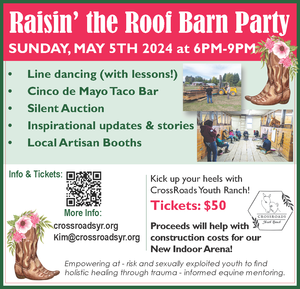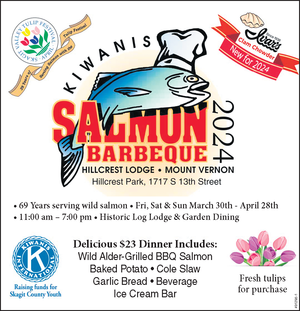Past Washington writers remembered
December 4, 2019
Washington is a big and varied state, in every possible way, from sea level and Seattle to Mt. Rainer’s summit and Palouse grain fields. Writers have been explaining our region in words since explorers first arrived. Fifty of Washington’s best writers from the 1870s through the 1960s are summarized for your exploration in Peter Donahue’s “Salmon Eaters to Sagebrushers: Washington’s Lost Literary Legacy,” newly published by Washington State University Press.
The book’s title comes from Nard Jones’ (1904-1972) 1947 “Evergreen Land,” a portrait of our state. Jones was a historian and journalist as well as a novelist. Donahue credits him with the most “thorough grasp of the terrain, history and people of the Northwest” of any Washington writer, period.
Jones first novel, “Oregon Detour,” was published in 1930. His last history, “Marcus Whitman: The Great Command,” came out in 1959. While writing 18 novels, he was also chief editorial writer for the Seattle Post-Intelligencer.
Donahue’s purpose was “making early Washington authors and their gifts known again.” He chose authors whose “works ... attain an aesthetic quality of expression – linguistically, narratively, and/or thematically.”
He expanded on columns he wrote in the early 2000s in “Columbia,” the Washington State Historical Scociety’s magazine. He has written four novels and teaches college.
While Donahue starts with early novelists, Edward Dorn is his most contemporary author. Dorn found his way to the Skagit Valley from Illinois, coming to Burlington in 1955. Donahue writes that he struggled here for three years, but the “classic Northwest novel ‘By the Sound’” resulted. Its main character, Carl, likewise struggles through a “nasty, and nagging” wet winter working first on a cattle farm then for a chicken farmer before ending up at an upriver dam site on the Baker River near Concrete. It is a tale from a literary artist portraying the life of a working class character scratching out a living.
Donahue finds “an unselfconscious honesty ... that makes his characters particularly sympathetic and the setting particularly appealing.” Dorn also wrote poems and the essay “Notes from the Fields,” which “exults the avian life of the Skagit Valley.”
Women lead this book; 28 novelists, nature writers, poets and memoirists are featured. Female or male, these were award winning writers, published nationally by magazines like McClure’s and publishers like Macmillan. Ella Higginson, 1862-1940, wrote “well-spun takes of domestic strain and the social drama of small-town life” in Bellingham, where she lived.
Nineteen and early twentieth century authors captured the hewing of settlements out of the wilderness and the all-to-true accounts of railroad agents and land developers ripping off rural and urban settlers. As he writes of Ada Woodruff Anderson, 1860-1956, her “three novels constitute important literary documents, each offering significant insight into Northwesterners view of themselves and their history at the start of the new century.”
Mourning Dove, 1884-1936, an Okanagan, was an early Native American woman to publish a novel, in 1927. Donahue notes its “complex worth.”
“Salmon Eaters’” eight sections include nature writing, rural life, the city, labor strife and historical fiction. Read it for a variety of glimpses of white history in Washington and for descriptions of varied landscapes, farm, forest, sea and city.
This may be an important book. It would be better, for me, if it was richer in the writers’ voices, and longer by having defining full length stories and series of poems that offer the full flavor of the writers’ talents as readers of their age would have enjoyed them.










Reader Comments(0)